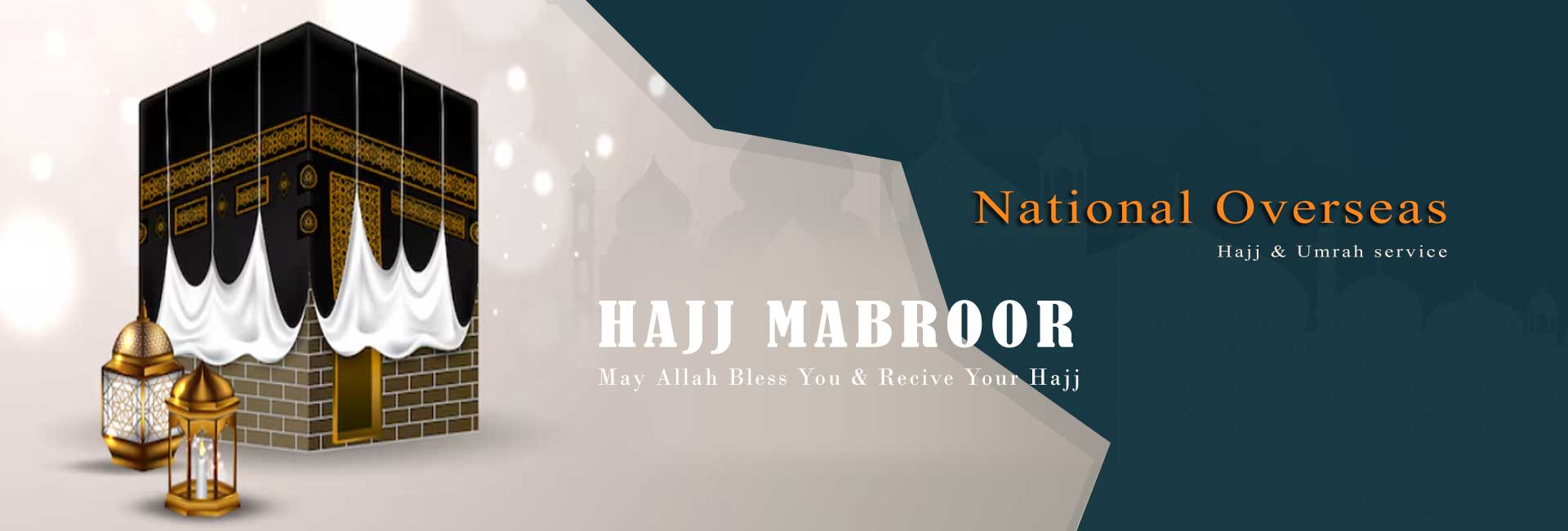
Hajj
What Is Haj j?
Hajj is one of the five pillars of Islam. It is a Fard (obligatory) act of worship for able-bodied Muslims who can afford the journey to the sacred city of Makkah. It is obligatory for able-bodied Muslims to perform Hajj once in a lifetime.This spiritual pilgrimage brings us closer to Allah, allows us to seek His mercy, renew our Iman, and much more.
The key rituals of Hajj take place every year from the 8th to the 13th of Dhul Hijjah
If you’re blessed to perform Hajj this year, it’s important to learn how to perform Hajj properly before you go. Knowing the steps will help you carry out each ritual correctly and avoid common mistakes.
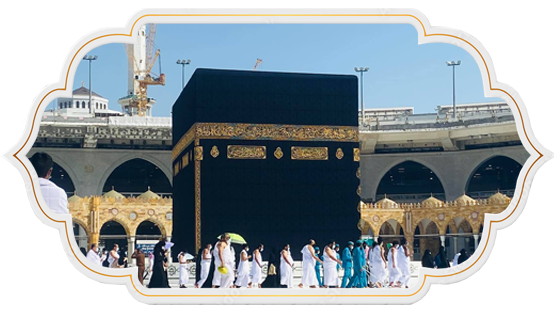
Types of Hajj
Hajj may have three types- Tamattu, Qiran, and Ifrad. Each of them has its own rituals. Depending upon the type of Hajj, pilgrims should perform the rites.
Tamattu Hajj
- Hajj Tamattu involves complete Umrah and Hajj.
- It is performed during the Hajj days of Dhul Hijjah.
- Sacrifice is mandatory.
- After performing tawaf and Sa’i in Umrah, pilgrims get a temporary release from Ihram.
- After the break, the pilgrim re-enters the state of Ihram from the 8th of Dhul Hijjah to perform the Hajj rituals.
Qiran Hajj
- Hajj Qiran combines Umrah and Hajj without any break.
- Offering Sacrifice is obligatory.
- Pilgrims enter the state of Ihram and perform both Umrah and Hajj rituals continuously.
- Recommended for those who can sustain the state of Ihram for an extended period.
Ifrad Hajj
- Hajj Ifrad focuses solely on performing the rituals of Hajj only.
- Performing Umrah isn’t part of this Hajj.
- Doesn’t require animal sacrifice.
Note: Among these three kinds of Hajj, Hajj-E-Tamattu is the best option, as our Prophet Muhammad ﷺ performed this with his companions (RA) in the Farewell Hajj. So, if you intend to perform Hajj, we recommend you make Tamattu Hajj.
Obligations and Recommendations
Three obligatory (Fard) acts must be kept in mind while you perform Hajj:
- Putting on Ihram
- Wuquf e Arafah
- Tawaf al-Ziyarah
Failure to comply with these obligatory (Fard) acts will result in Hajj not being fulfilled.
Along with obligations, six recommended (Wajib) acts should also be kept in mind while you perform Hajj:
- Wuquf e Muzdalifah
- Sacrificing the Animal
- Shaving or cutting the hair
- Performing the Sa’i
- Performing the Rami
- Farewell Tawaf
If one fails to fulfill these recommended acts by mistake, it is mandatory for him/her to give Dum (sacrificing a goat) in the name of Allah.

Hajj Preparation
Before you depart for Hajj, make sure you do the following things.
- Decide first which type of Hajj you will do.
- Complete your Hajj trip procedure, such as managing a government-certified Hajj agency, plane ticket, hotel where you will live in Saudi Arabia, etc.
- For women, you must bring your Mahram men with you.
- Learning the Hajj rituals and struggles you may face is necessary before you go.
Complete Step-By-Step Hajj Guide
Hajj is a religious obligation, but more than a mere duty.The unforgettable journey takes five days to complete, not counting travel time or a day of spiritual preparation.With journeys to the Holy Kaaba, pilgrims perform a ritual that dates to pre-Islamic days and was sanctified by The Prophet Mohamed (PBUH).
They walk where he walked, see what he saw, and do what he did. At the end of their sojourns, pilgrims are often spent, but feel renewed and closer to God. According to The Prophet (PBUH), those who perform Hajj will return without sins, like the day they were born.
Day 1
- Prepare to enter Ihram, a spiritual state of purity and devotion. This includes washing your body and changing into Ihram clothing, preferably at a miqat station outside the holy city.
- Recite the Talbiyah in the miqat station to declare intention to make the pilgrimage.
- Perform the Welcome Tawaf – enter Al Haram (Holy Mosque) and circle the Holy Kaaba seven times in a counterclockwise direction.
- Perform Sa’ay – walk 7 times between the hills of Safa and Marwah beside the Kaaba. Originally observed outdoors, the rite is now performed in an air-conditioned tunnel.

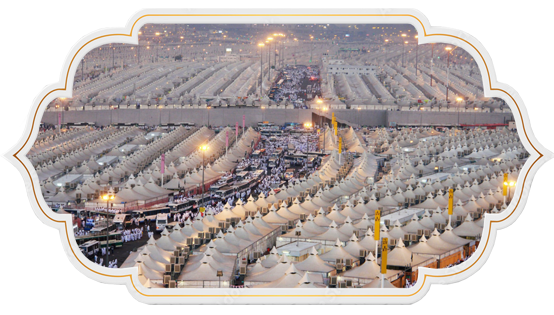
Day 2
(1st day of Hajj – 8th Dhu’l-Hijjah)
- Travel to Mina 5km away, by walking or by bus, after morning prayer in Makkah.
- Spend the day in prayer.
- Spend the night in air-conditioned tents.
Day 3
(2nd day of Hajj – 9th Dhu’l-Hijjah)
- Travel to Arafat 20km away.
- Stand and pray (wuquf) in Arafat Plain or Jabal Al Rahma (Mount Arafat). Do not leave the boundary or the Hajj will be invalid.
- At sunset, travel to Muzdalifah to collect pebbles for the next day.
- Spend the night under the stars.
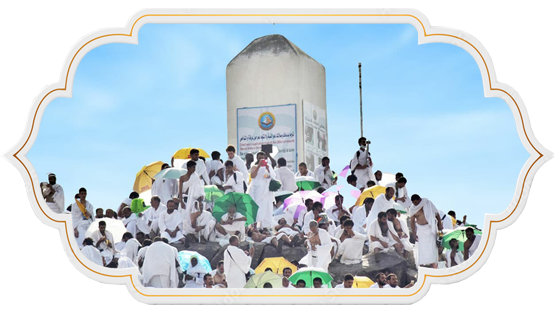
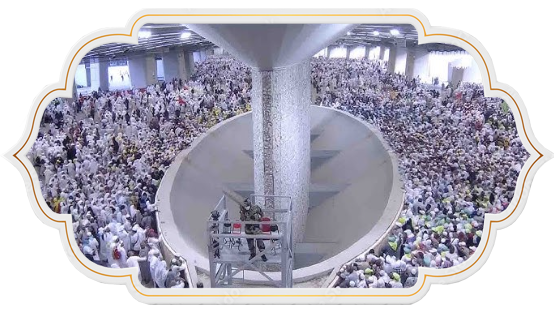
Day 4
(3rd day of Hajj – 10th Dhu’l-Hijjah)
- Return to Mina.
- Perform Stoning of the Devil (Ramy Al Jamarat) ritual by throwing pebbles at one of three pillars (now walls).
- Offer animal sacrifice, commonly done by buying a voucher in Makkah. Thus begins Eid al-Adha, the Festival of Sacrifice.
- Travel to Al Haram to perform Tawaf and Sa’ay again.
- Return to Mina and spend the night.
Day 5
(4th day of Hajj – 11th Dhu’l-Hijjah)
- Repeat Ramy Al Jamarat, this time throwing pebbles at all three pillars (walls)
- Spend the night in Mina.
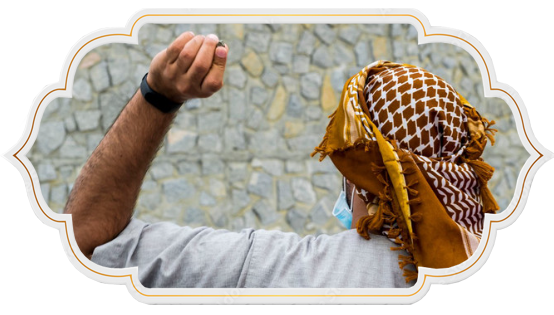

Day 6
(5th day of Hajj – 12th Dhu’l-Hijjah)
- Repeat Ramy Al Jamarat.
- Spend the night in Makkah or Mina.
Day 7
(conditional day – 13th Dhu’l-Hijjah)
If pilgrims are unable to leave Mina on 12th Dhu’l-Hijjah, they must repeat Ramy Al Jamarat before returning to Makkah, where they perform the farewell Tawaf and drink Zamzam water.
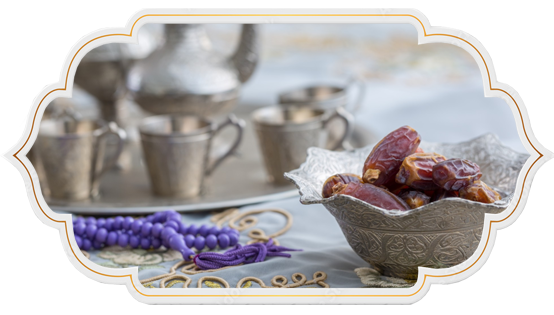
National Overseas Services provides Hajj & Umrah service including Hajj Package, Air Ticket Booking, Visa Processing and Hotel Booking Prime objective of this venture is to make a organization or institution . Who will guide the Hajj in accordance with the rules & regulation of Islam Try to make all the Hajj kafela near to “Zero complain.
